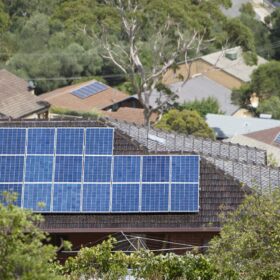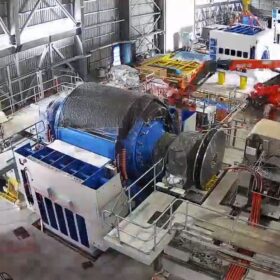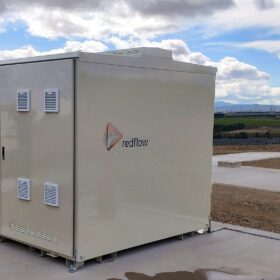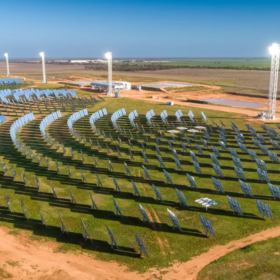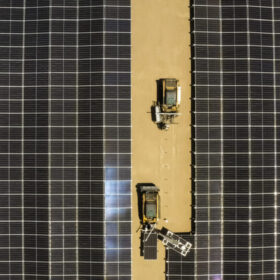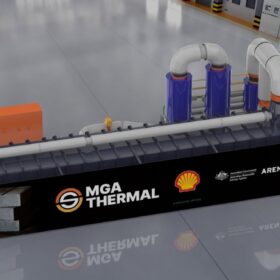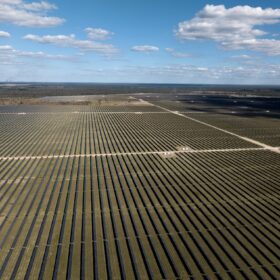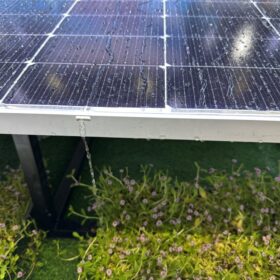Queensland to pilot second local renewable energy zone
The Queensland government is investing another $40 million into a second 8.4 MW / 18.8 MWh battery energy storage system, up to 2.8 MW of solar and 0.9 MW of demand management for a Townsville local renewable energy zone.
Li-S lands funding to explore lightweight batteries in aircraft application
Lithium-sulphur battery play Li-S Energy has been awarded $1.35 million in federal funding to continue exploring the potential of its lightweight and energy dense batteries to deliver a drone that can operate from dawn to dusk on a single charge.
Transgrid turns to synchronous condensers to safeguard system strength
New South Wales power grid owner Transgrid is looking at rolling out up to 14 synchronous condensers and 4.8 GW of batteries with ‘grid forming’ capability to protect and strengthen the security and stability of the electricity grid as coal-fired power plants retire and more renewables come online.
Redflow wraps up funding for U.S. battery project
Queensland-headquartered battery manufacturer Redflow has secured almost $20 million in government funding in the United States for a 6.6 MWh zinc-bromine flow battery energy storage system to be deployed in California.
Sparc inks new deal to progress green hydrogen pilot plant
South Australia-based Sparc Hydrogen has struck an agreement with an international partner that will see it advance the development of pilot testing of its photocatalytic technology to produce commercially viable green hydrogen from water using concentrated solar.
Heliostat assembly fast-tracked with automated technology
Germany-headquartered Bosch Australia Manufacturing Solutions has teamed up with Australian solar and long-duration storage company RayGen to deliver automated solutions that accelerate heliostat assembly.
U.S. startup claims doubled energy output with terrain-following solar array
United States-headquartered startup Planted Solar uses construction robots and high-density arrays to deliver what the company says are higher energy outputs per hectare and lower balance of system costs.
Thermal energy storage tech to bolster industry decarbonisation
Long duration energy storage developer MGA Thermal is one step closer to commissioning its behind-the-meter demonstration plant after receiving a $2.48 million windfall from the Australian Renewable Energy Agency.
New $100 million challenge targets 50 GW per year
The Australian Renewable Energy Agency has dangled a $100 million carrot in front of the world’s best and brightest solar industry proponents to help lower solar and electricity costs to scale up annual installation in Australia from 5 GW per year to 50 GW.
JA Solar debuts 23.3%-efficient single-glass, anti-dust solar panel
The new module has a power output of up to 650 W and weighs 29.6 kg. It uses JA Solar’s patented anti-dust frame technology, which reportedly enhances drainage and decontamination performance, thus reducing dust accumulation and avoiding hotspot issues.
